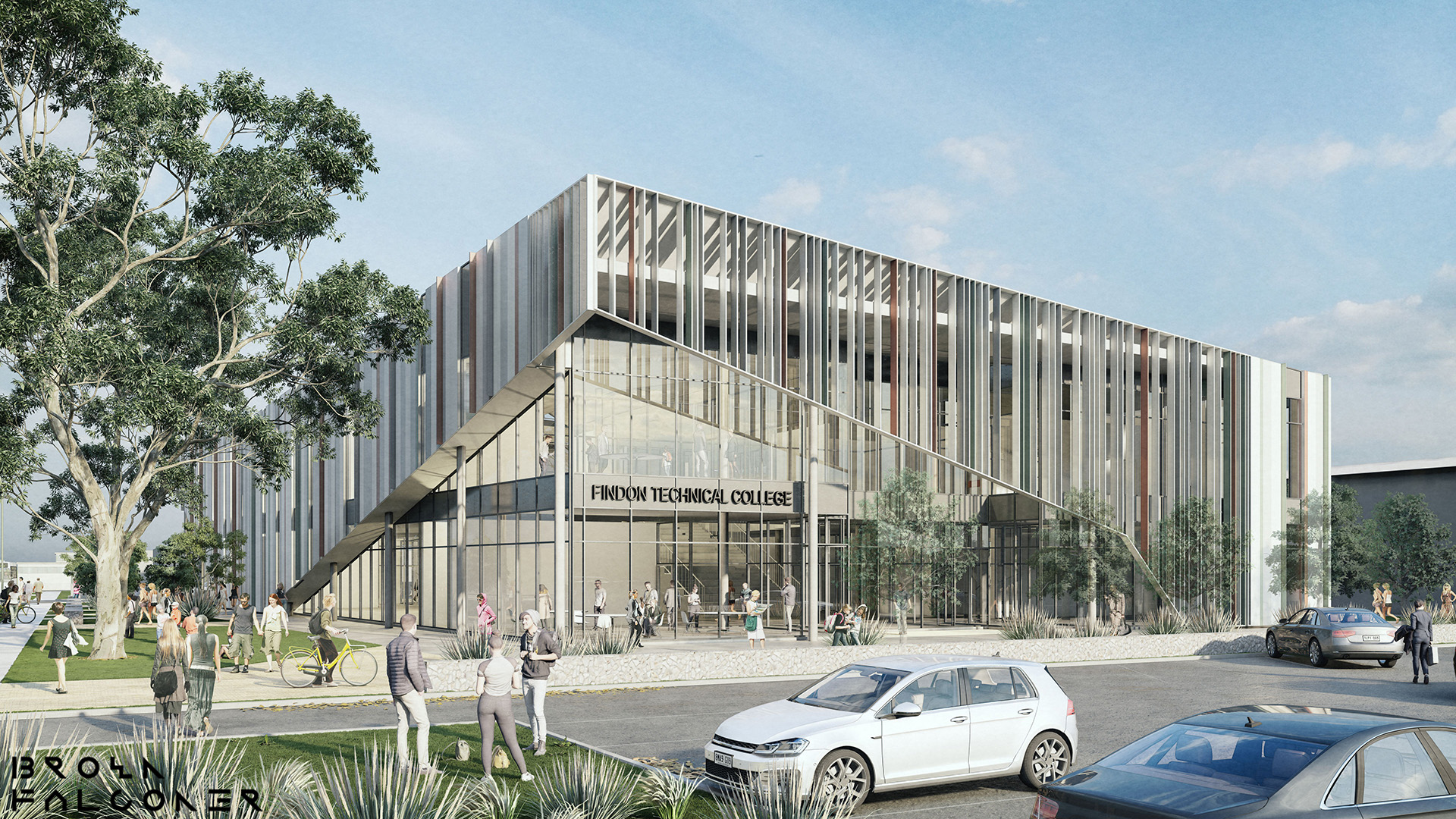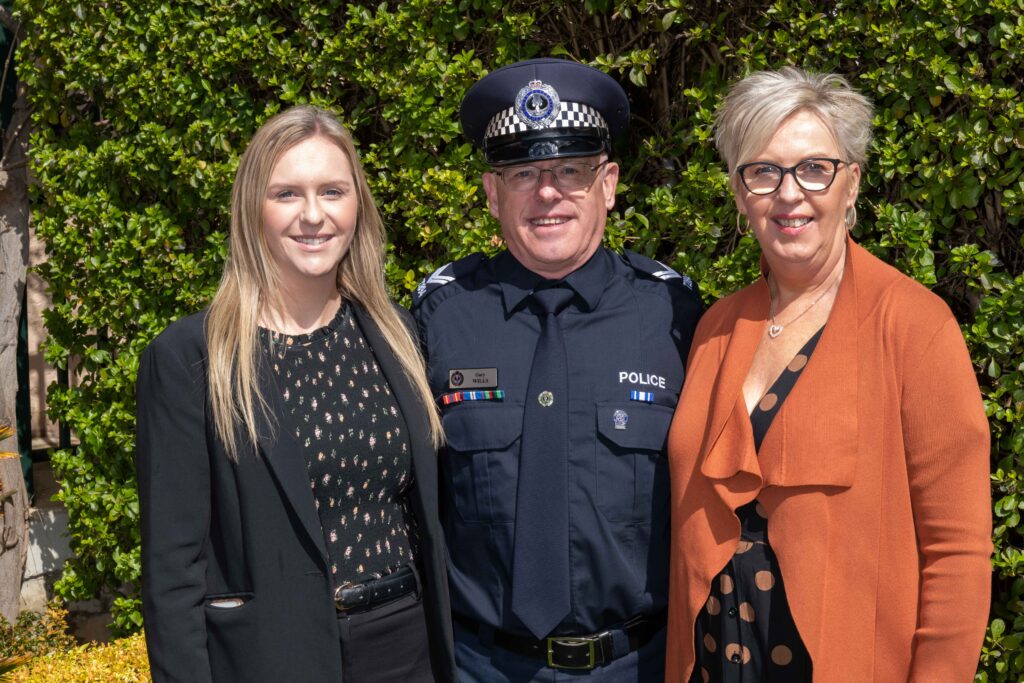
It’s not something you’d expect to find down under the stairs, in a basement. But there Miss Siam - or what’s left of her - stands, in tribute to a bygone age.
Although not on display to the public, the 2.5m-tall Indian elephant skeleton is prone to catching staff and official visitors to the South Australian Museum’s world-renowned Science Centre by surprise.
Given the oddness of it all.
Not that she’s really out of place, considering the menagerie of relics, fossils and strange rocks tucked away for posterity in the building’s every nook and cranny.
The Museum’s Manager of 3D Design and taxidermist Jo Bain said the skeleton was placed under the stairs in 2000, when the Science Centre was briefly opened to the public.
"They were looking for something to put in that space, and I said let’s bring in Miss Siam," he said.
Miss Siam was born wild in Thailand in 1881 and arrived in Adelaide via Melbourne Zoo in January 1884.
For the next 20 years, she was a feature of the then-called Zoological Gardens (right), where she provided rides to countless children – a profitable little side-earner for the zoo.
She died from gall stones in 1904. Her death made headlines and left the state in mourning.
One article extravagantly noted Miss Siam’s passing as: "The Sorrow which swept like a flood over ancient Edinburgh when the death wail from Flodden reached it may have been deeper, but not more sincere, than that which touched juvenile Adelaide on learning of the death of Miss Siam."
 The South Australian Museum was tasked after Miss Siam’s death with ensuring her memory lived on, and her remains were prepared for exhibit.
The South Australian Museum was tasked after Miss Siam’s death with ensuring her memory lived on, and her remains were prepared for exhibit.
A taxidermied Miss Siam and her skeleton stood side by side in the old Skeleton Gallery (left) until it closed in 1967 to make way for the World Mammals Gallery.
The skeleton then disappeared into storage, first at a facility in Norwood, then Port Rd and finally Netley before she was trucked back to North Terrace (below).
"Every time you move her it's terrifying," Jo said. "She weighs more than a tonne and she's really top heavy. Elephants are built in a way you can't believe they're built."

Jo said he wasn’t surprised Miss Siam’s death caused such a commotion, and still fondly remembers another zoo elephant called Samorn, who died in tragic circumstances in 1994.
"Elephants tend to endear themselves," he said.
And as a taxidermist himself, is he impressed with the job done on Miss Siam, so long ago?
"Absolutely, for the time," he said. "She has a metal frame and apparently there’s a barrel in there too, along with two tonnes of fine meadow-hay stuffing.
"There’s a rumour that there is a small coin collection in the barrel – some gold florins. I’m not going to open her up to find them though."
As far as the skeleton under the stairs goes, Jo hopes she goes back on display again, one day.
"Nothing beats standing in front of a skeleton like that," he said. "One thing a skeleton does is it lays evolution bare – you can put a dog skeleton, an ape, a human beside each other and you can see we’re much the same.
"If you ever had any doubt about how evolution works, just have a look at a skeleton."
The South Australian Museum is open daily 10am-5pm and although you can't view Miss Siam's skeleton, you can visit the taxidermied elephant in the World Mammals Gallery on the ground floor. For more information visit: South Australian Musuem (external site).
(external site) (external site) (external siteMORE STORIES LIKE THIS







